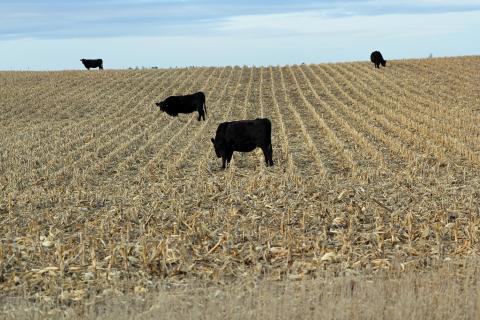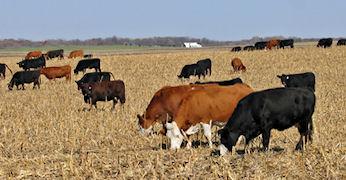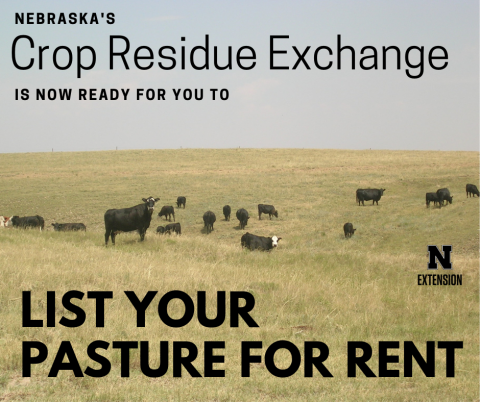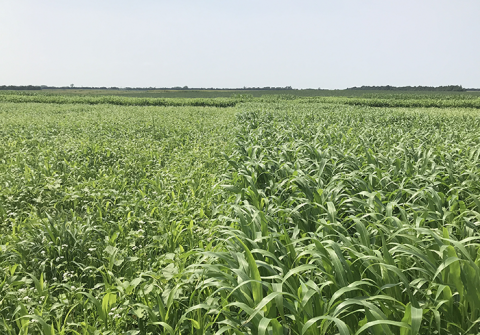Estimating a Fair Value for Standing Forage
July 29, 2020
Several things need to be considered when deciding what value to place on standing forage. Forage prices reflect current inventories, demand, expected current season production and associated yield risk, and quality characteristics.
Crop Residue Exchange Updated and Available for Listings
September 20, 2019
Interested in making your corn residue available or grazing? New updates make the Crop Residue Exchange even easier to use to link cattle producers and available grazing resources.
Cover Crop Considerations Following Late-Season Hail
August 29, 2019
Late-season hail has impacted fields across Nebraska. Growers may want to consider the value of cover crops for weed management, excess nitrogen uptake, and forage options.
The Value of Grazed Corn Residue for Crop and Cattle Producers
July 31, 2019
It's estimated that a 10% increase in grazing utilization of corn residue could add $6.4 million to the bottom line of crop producers in Nebraska.
Crop Residue Exchange Now Available For Listing Pasture Rentals
April 15, 2019
Nebraska's Crop Residue Exchange can now list pastures available for rent. If you are in need of grazing resources, check out this website to identify opportunities.
Cover Crop Grazing: Impacts on Soils and Crop Yields
January 22, 2019
Results from a three-year study in rainfed and irrigated no-till cropping systems in Nebraska suggest that moderate cattle grazing of cover crops may not negatively impact soil properties and crop production.
Native Warm-Season Grass Management and Planting Decisions for Alternative Forages
January 9, 2019
One of the most important drivers of productivity and cost effectiveness of annual forages is planting date. Having realistic planting date expectations is one key to proper species selection.
What is the Value of Soybean Residue?
December 13, 2018
This Q&A addresses questions about baling soybean residue, including its nutrient value and comparison with other sources, economic value, and what should be considered when deciding whether to bale soybean residue.








